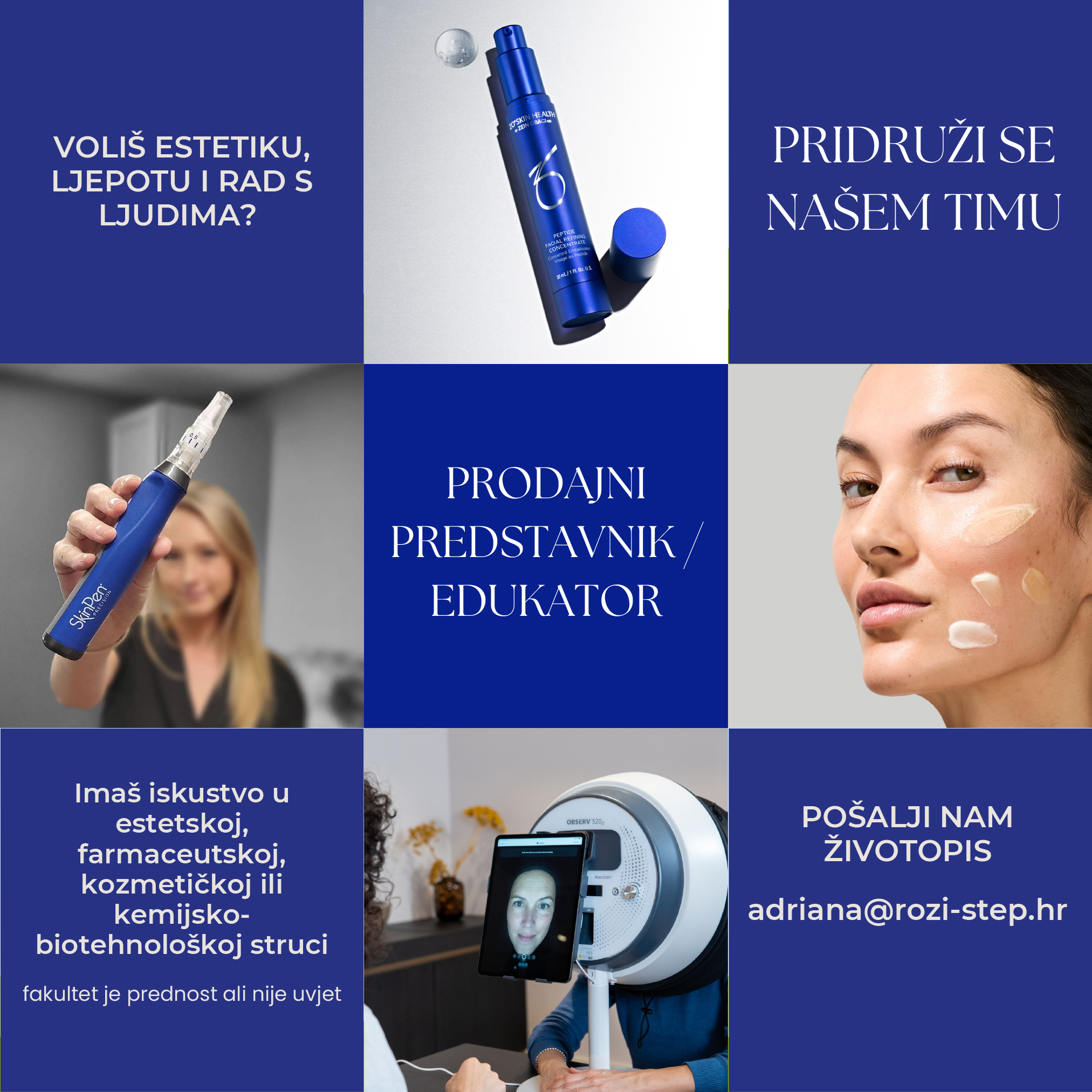 Moja Ortopedija Rozi Step
Moja Ortopedija Rozi Step

The Truth About Skincare Products
Are skincare companies treating you fairly, or are you being ripped off?
There have been a number of articles and ads comparing the effectiveness of a skincare products to their cost. While these reports raise some interesting questions, they generally don’t provide any meaningful answers. Consumer Reports concluded that just because a product is expensive doesn’t mean that it’s effective, and just because it’s inexpensive doesn’t mean that it’s worthless. We agree—to a point.
How do you know? That’s a complex issue. We want you to make informed decisions, so let’s face the facts and see what factors influence the cost of skincare products.
- The nature of active skincare ingredients.
Some ingredients (peptides, entrapped or encapsulated active ingredients, and rare extracts) are very expensive. That’s because frequently these ingredients are patented and sometimes difficult to manufacture.
Some of the least expensive ingredients are water, alcohol, and glycerin—basic, generic ingredients that are mass-produced. They may be nice additions, but they won’t affect a change in your skin.
Other inexpensive skincare products contain heavy fillers which can clog your pores. Some inexpensive skincare products contain an ingredient similar to glue—it may tighten your skin temporarily, but it also clogs the pores and prevents your skin from breathing.
- The number of skincare ingredients.
Some of the least expensive products have very few ingredients, because they’re quicker and easier to produce. Since water is an ingredient in most skincare products, the fewer the ingredients, the more watered-down the formula. Do you want to pay a lot for a product that is mostly water?
If a manufacturer wants to produce a product that is highly active, that generally requires “loading” the formula, so you get a long list of ingredients, which obviously adds to the cost. A good example is the ZO Skin Health Oraser Daily Hand Repair. Instead of producing a product to yield softer, nice-smelling hands, we wanted a skin care solution that would provide immediate and long-term anti-aging benefits—lightening age spots, softening hands, strengthening the skin, and reducing wrinkles. The Oraser Daily Hand Repair is packed with active ingredients. We could have produced something less ambitious, but there are already too many hand lotions on the market that don’t do anything.
- The concentration of active skin care ingredients.
This is one of the biggest scams in the industry. Two products can have the EXACT same list of ingredients, and one will be highly effective while the other totally useless. The difference is the concentration of those ingredients. One product may use only a miniscule amount while the other uses a clinically active level; unfortunately, there’s no way to understand that distinction. That’s because all ingredients are supposed to be listed in order of their concentration, but for ingredients with a concentration less than 1% they can be listed in any order. There’s a big difference between a concentration of .01% and 1%, but you’d never know it from the label.
Since formulations are proprietary, cheap products can easily disguise themselves as looking like quality products. So just reading the labels when comparing two products is not sufficient. The credentials of the manufacturer as well as positive results experienced by bona-fide customers make all of the difference in skincare.
- Skincare Innovation.
Most mass market companies either use the same inexpensive ingredients in their skin care products that they have been using for years, or try to copy quality products by claiming that they have the same ingredients. Companies like ZO Skin Health are always working towards new and innovative formulas with the latest technology. These companies may take years to develop, test, refine, and produce a new lotion, and then spend hundreds of thousands of dollars on research and development.
If you want a skincare product that is innovative, there is usually a premium to be paid. The old adage holds true: you get what you pay for.
- Sunscreens.
There is no better example of the disparity between cheap, mass-marketed skincare products and effective, high quality products than in sunscreen. We are constantly amazed at mass-marketers who tout outrageously high SPF ratings on their sunscreens. They mislead people into believing that just because their SPF numbers are high, they’re more effective. Nothing could be further from the truth. In fact, those sunscreens with ultra-high SPFs are loaded with chemicals and the increase in protection is negligible. We are happy that the ZO Skin Health Oclipse SPF 30 sunscreen was named the #1 sunscreen in the US—and part of that is because we don’t misrepresent the product.


